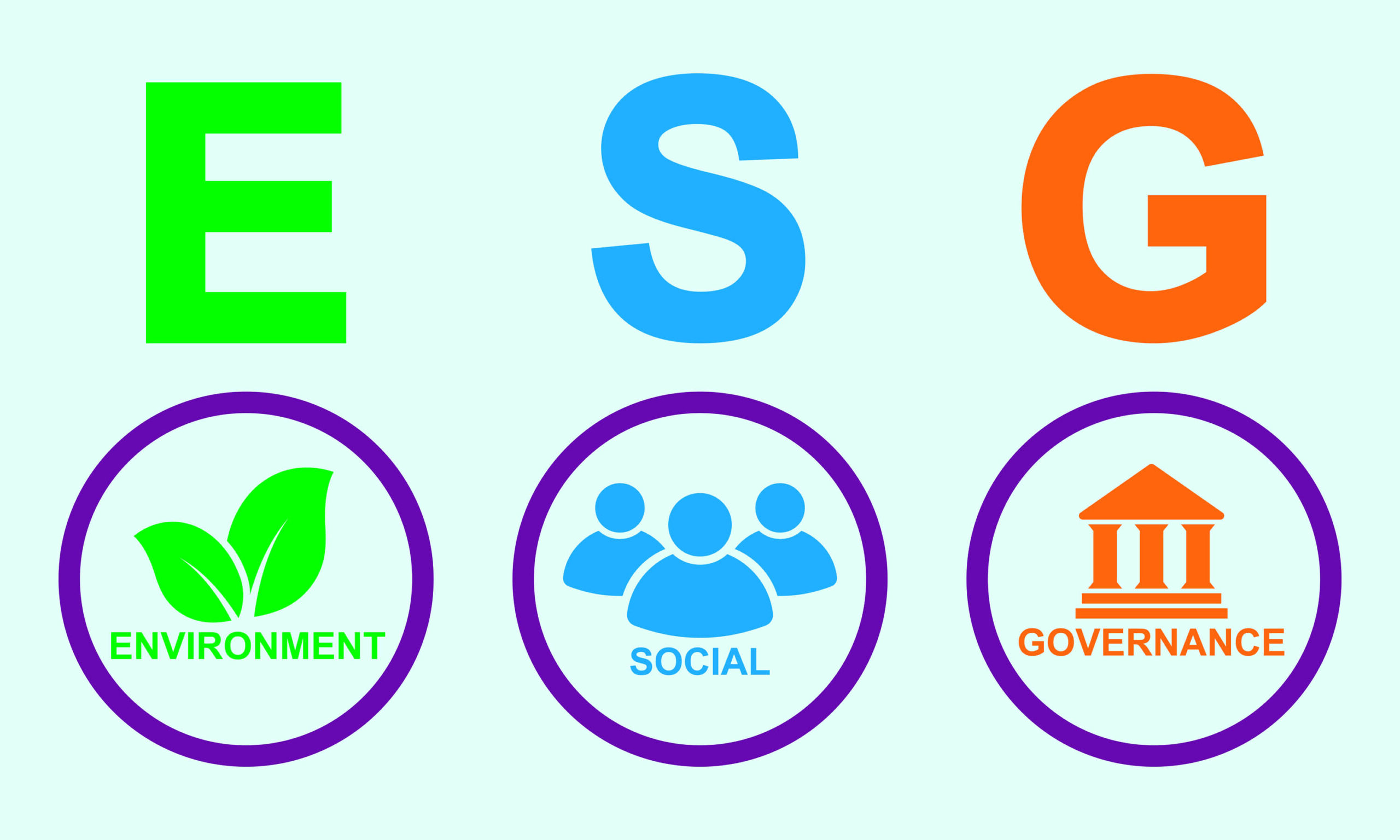Phone: +254 700 524589 | +254 782 524589 Email: info@sgb.ac.ke
ESG integration risks; In today’s dynamic business landscape, the integration of Environmental, Social, and Governance (ESG) factors has become imperative for organizations striving for sustainability and ethical practices. But what exactly is ESG, and why has it gained paramount importance in recent times?
Why ESG Matters Now
ESG encapsulates a set of standards dictating how a company operates concerning the planet and its people. It serves as a guiding principle for responsible and ethical business conduct, aiding companies in identifying their financial materiality profile. The surge in impact investing has propelled ESG into the spotlight, prompting firms to reevaluate their operational frameworks.
Benefits of ESG Integration
Companies embracing ESG principles benefit from enhanced management practices and robust governance structures. By prioritizing good corporate governance, these firms foster efficiency, mitigate risks, and drive down capital costs, ultimately bolstering shareholder value.
Moreover, ESG-focused organizations tend to yield higher returns for investors. Evidence suggests that aligning ESG considerations with financial analysis leads to superior risk-adjusted returns over the long term, maximizing profitability.
Mitigating Risks Through ESG Integration
Now, let’s delve into ESG integration risks and their pivotal role in managing overall business risk.
Identifying ESG Integration Risks
ESG integration risks encompass long-term mitigation efforts enabling investors to proactively identify and manage various risks, including environmental hazards like climate change. Integrating ESG factors into corporate decision-making facilitates improved risk management and the discovery of investment opportunities with long-term value potential.
Strategies for Managing ESG Integration Risks
Conducting ESG Assessments
Conducting thorough ESG assessments involves reviewing a company’s operations to identify potential risks and opportunities. By quantifying the likelihood and impact of identified risks, organizations can implement early mitigation strategies and capitalize on emerging opportunities.
Remediating Risks and Implementing Plans
Once risks are identified, organizations must develop and implement strategies to address them effectively. This involves creating comprehensive implementation plans to mitigate ESG risks and prioritizing actions based on risk likelihood.
Monitoring ESG Performance
Continuous monitoring and tracking of ESG performance are essential for data collection and analysis. Metrics such as carbon emissions and labor practices enable organizations to engage with stakeholders effectively and drive performance improvements.
In conclusion, ESG integration is not merely a trend but a fundamental shift towards sustainable and responsible business practices. By understanding and addressing ESG integration risks, organizations can enhance resilience, drive long-term value creation, and effectively manage overall business risk in an ever-evolving market landscape. Visit us at www.sgb.ac.ke or https://sgb.ac.ke/ write to us on info@sgb.ac.ke to learn more on how to inculcate sustainability practices and report on sustainability by registering for the first cohort of the GRI training. Classes begin from 8th of April to 12th of April 2024.

